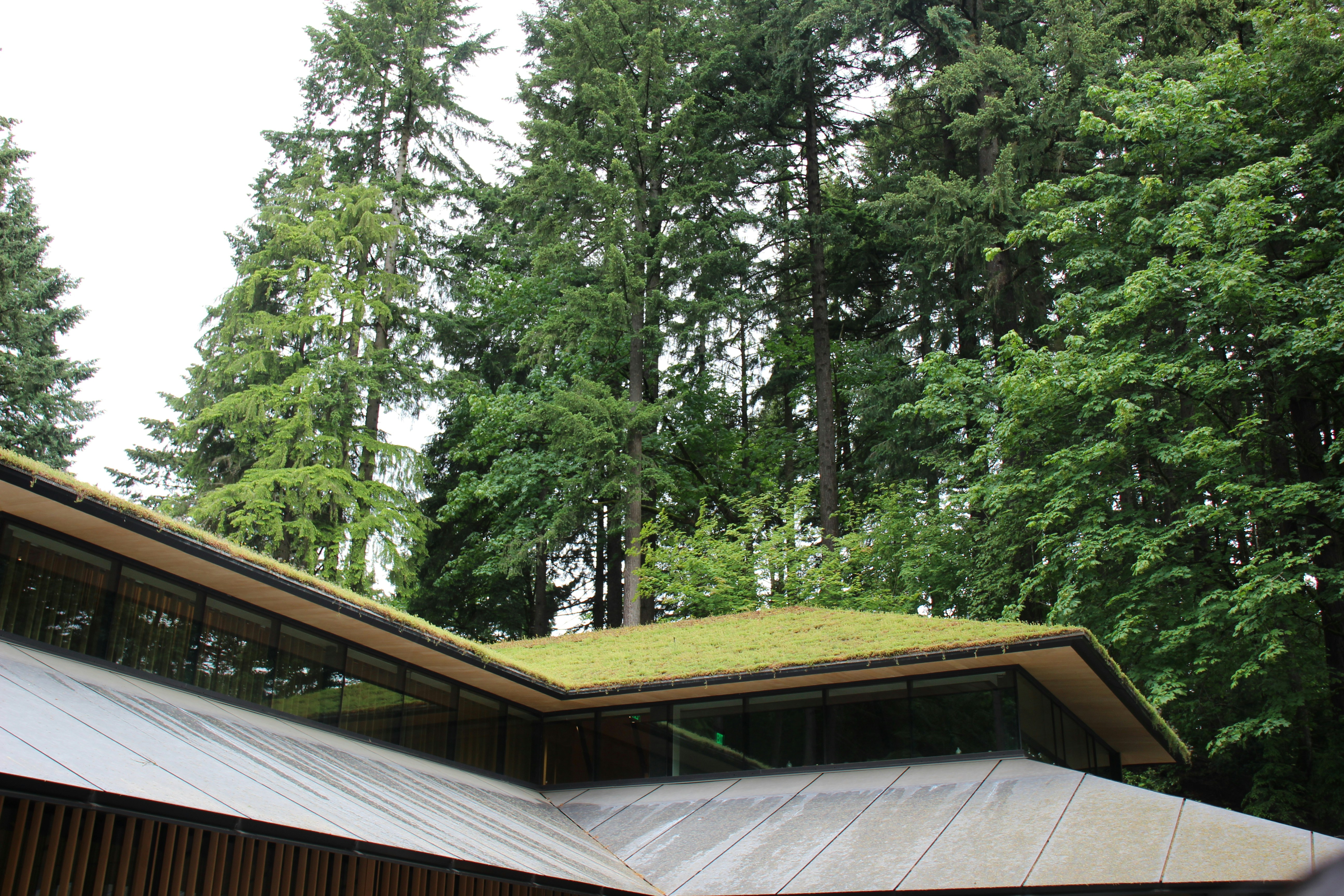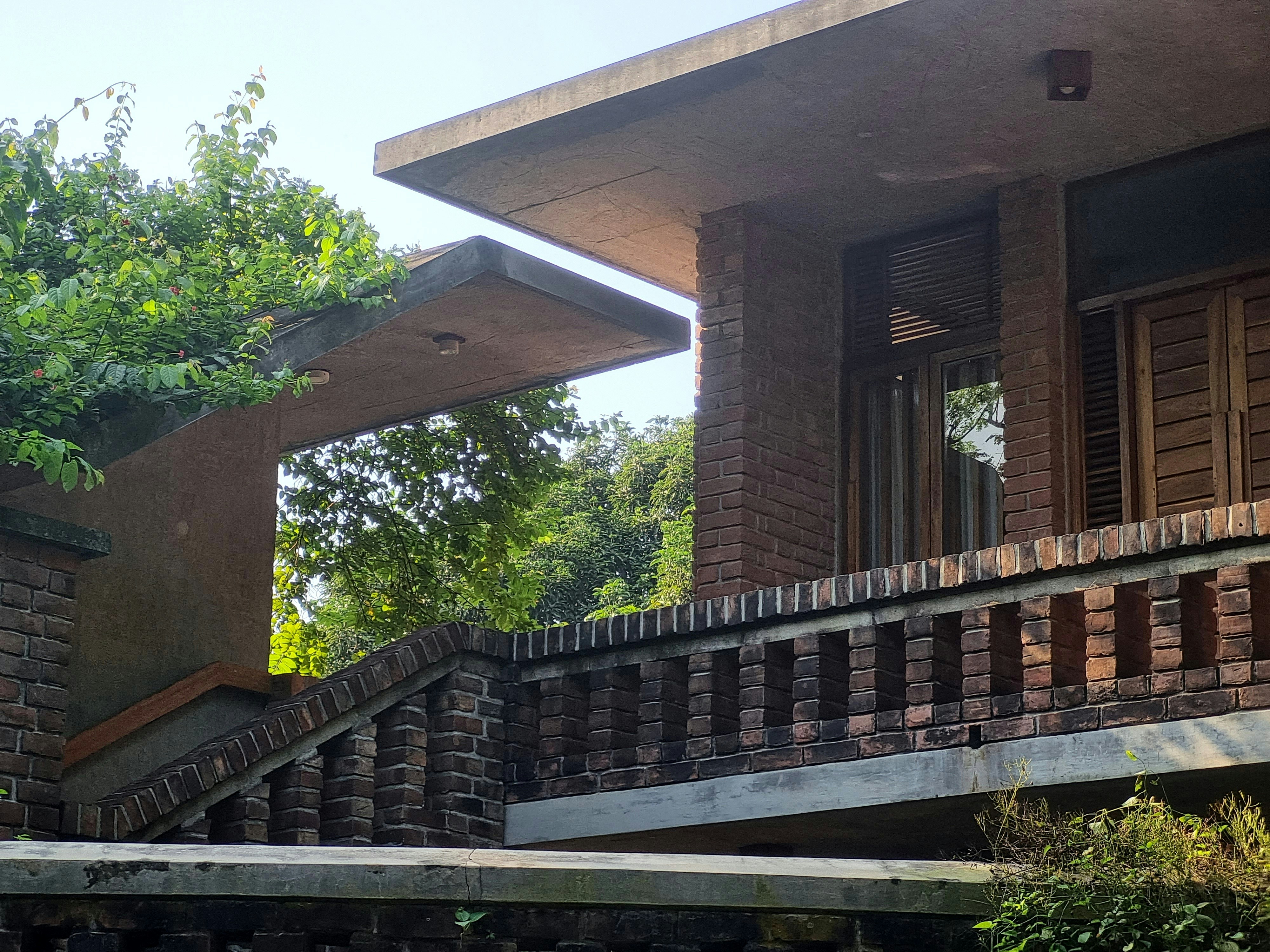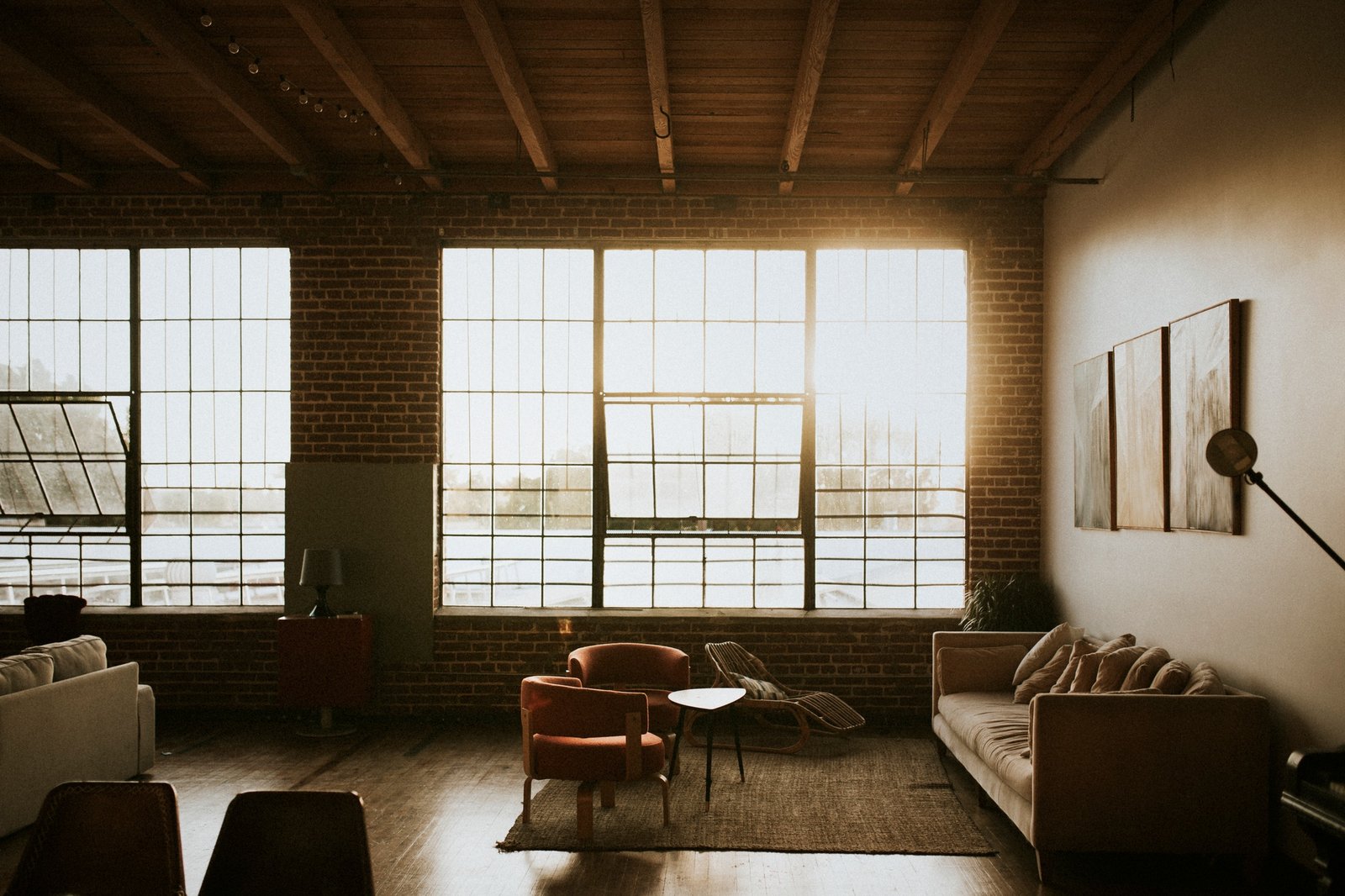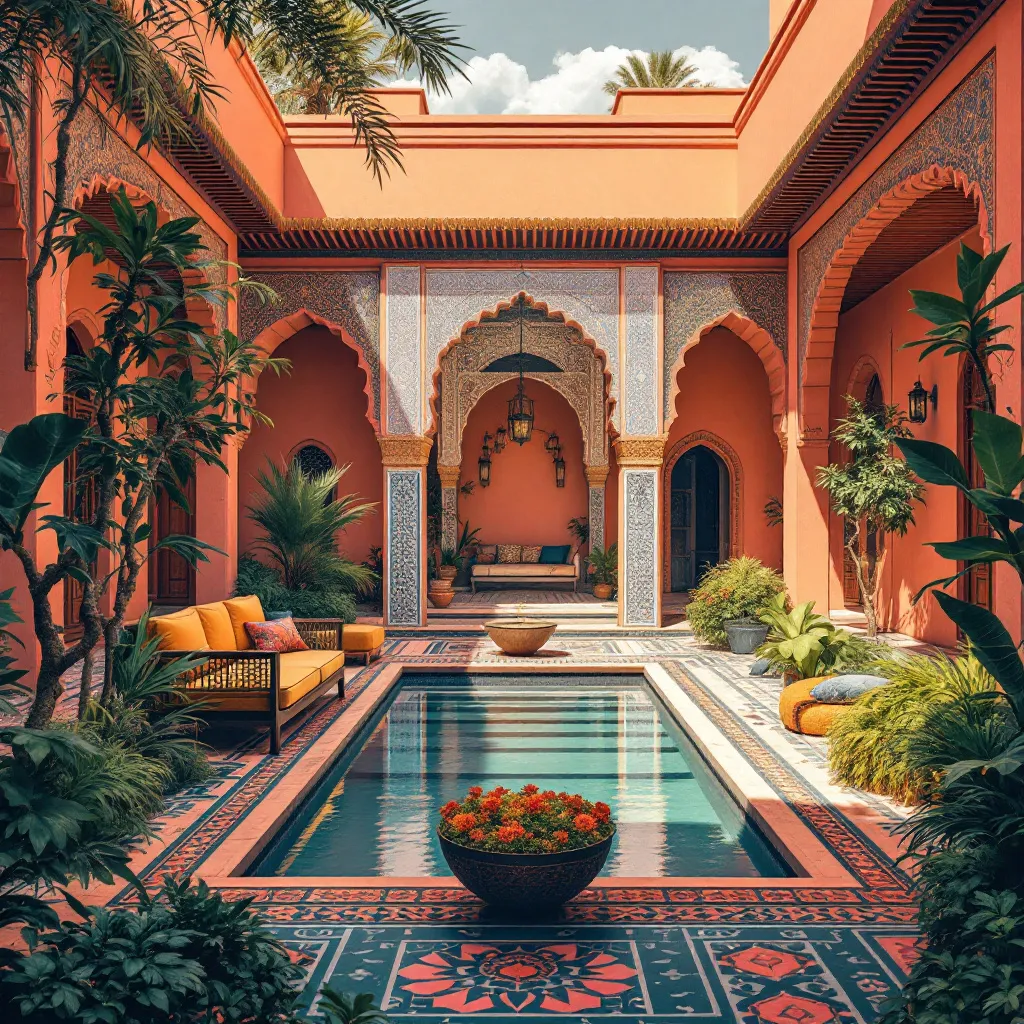Understanding Biophilic Design
Biophilic design is a concept rooted in the innate human connection to nature. It seeks to incorporate natural elements into our built environments to create spaces that enhance physical and emotional well-being. The origins of biophilic design can be traced back to the biophilia hypothesis proposed by biologist E.O. Wilson in the 1980s, which posited that humans possess an inherent affinity for nature. This framework has since been expanded upon within the realms of luxury architecture and wellness home design.
At its core, biophilic design consists of several key principles that prioritize the inclusion of nature throughout architectural and interior design. Natural light is a fundamental element, as it not only illuminates spaces but also promotes circadian rhythms, enhancing mood and productivity. Adequate ventilation is equally important, as it allows for the circulation of fresh air, leading to improved indoor air quality and overall health. Incorporating organic materials, such as wood and stone, can further create a tactile connection to the natural world, making interiors feel more inviting and harmonious.
Another crucial aspect of biophilic design is the integration of greenery within residential spaces. This may involve the use of indoor plants, living walls, or even small outdoor gardens. These additions not only purify the air but also provide psychological benefits, reducing stress levels and enhancing overall life satisfaction. Real-world applications of biophilic design can be observed in various contemporary homes that successfully blend indoor and outdoor environments, creating a seamless transition that fosters an enduring connection to nature. As society continues to recognize the importance of mental well-being, the significance of biophilic design will become increasingly evident in both residential and commercial architecture.
The Health Benefits of Biophilic Design
Biophilic design, characterized by the integration of natural elements into architectural spaces, has emerged as a critical component in luxury architecture and wellness home design. Recent studies highlight the profound effects of this design philosophy on both physical and mental health, demonstrating that environments imbued with nature significantly contribute to overall well-being.
Research indicates that incorporating natural light, greenery, and organic materials within residential spaces not only enhances aesthetic appeal but also reduces stress levels. Exposure to natural light has been shown to regulate circadian rhythms, which in turn boosts mood and improves sleep quality. This is particularly relevant in luxury architecture, where expansive window designs can maximize sunlight exposure, fostering a more inviting and uplifting home environment.
Adding plant life to interiors can yield substantial mental health benefits. Studies have documented a correlation between greenery in living spaces and reduced anxiety, lower blood pressure, and improved cognitive function. Within wellness home design, plants are often integrated into common areas, encouraging a sense of connection to nature that enhances creativity and productivity. The simple act of caring for plants can also instill a sense of purpose and satisfaction, enhancing one’s emotional resilience.
Moreover, natural materials such as wood, stone, and bamboo not only promote aesthetic warmth but also have a calming physiological effect on residents. These materials can help reduce indoor air pollution and create a healthier indoor environment. Incorporating biophilic elements in home design thus presents a comprehensive approach to fostering health and wellness. For homeowners and architects alike, acknowledging the significant health benefits that arise from biophilic design encourages a shift toward more sustainable and health-promoting living spaces.
Transforming Your Home with Biophilic Elements
Integrating biophilic design into your home is an effective approach to enhance not only its aesthetic appeal but also the overall well-being of its inhabitants. By incorporating natural elements, homeowners can create a serene atmosphere that encourages relaxation and promotes health. Start with simple adjustments that require minimal investment. For example, adding houseplants not only brings a touch of nature indoors but also improves air quality and adds visual interest. Popular indoor plants such as snake plants, pothos, and peace lilies are low-maintenance options that thrive in various lighting conditions.
Maximizing natural light is another fundamental aspect of biophilic design that can significantly influence the mood and health of a space. Consider incorporating larger windows or skylights to allow an abundance of sunlight to flood your living areas. If renovations are on the table, opt for glass doors that open onto patios or gardens, fostering indoor-outdoor connections that blur the boundaries between nature and home. This fluidity enhances the living experience, promoting wellness and harmony.
When undertaking more elaborate renovations, prioritize the use of natural materials such as wood, stone, and clay, which evoke a sense of connection to the earth and enhance the overall ambiance of the space. Customizing your decor with organic shapes and textures can further amplify the tranquil effect of your environment. Biophilic design embraces the idea that sensory experiences are paramount; therefore, consider incorporating water features such as small fountains or creating a designated meditation space filled with natural scents and lighting.
Empowering homeowners to adopt these principles of wellness home design not only improves the aesthetic of their spaces but also enriches their quality of life through mindful interactions with nature. As homeowners explore the possibilities within luxury architecture, they can transform their residences into rejuvenating havens that reflect the beauty of the natural world.
Case Studies: Biophilic Design in Action
Biophilic design has gained prominence in luxury architecture, primarily due to its profound influence on wellness home design. Several case studies exemplify the practical benefits of incorporating biophilic elements into residential projects, highlighting both aesthetic appeal and health advantages.
One notable example is a luxurious urban apartment in New York City that employed large, strategically positioned windows offering panoramic views of Central Park. During the design process, the architects faced the challenge of balancing the urban environment with the desire for natural elements. By integrating indoor plants and using natural materials such as wood and stone, they created a seamless transition between the indoor space and the outdoor landscape. The result was not just a visually stunning home but enhanced air quality and an overall sense of tranquility for its inhabitants.
Another compelling case study comes from a family home in California, which prioritized wellness through its design strategy. The project aimed to foster a strong connection with nature while ensuring functionality and aesthetics. The designers encountered difficulties with limited outdoor space; however, they overcame this by implementing vertical gardens and using open floor plans that invited natural light. The incorporation of water features, such as an indoor fountain, provided soothing sounds and humidity control, contributing to the overall health and well-being of the occupants.
Moreover, a project in Scandinavia showcased the integration of biophilic design principles in a minimalist cabin. This family sought to create a serene retreat that would enhance their mental well-being. By situating the cabin by a lake, the design not only showcased striking natural views but also utilized raw, untouched materials that resonated with the surrounding landscape. The outcome was a harmonious blend of indoor and outdoor living spaces that encouraged relaxation and mindfulness.
These case studies illustrate the transformative potential of biophilic design, demonstrating that integrating natural elements within luxury architecture can result in remarkable improvements in lifestyle and health. Such implementations emphasize the significance of nurturing our connection with nature through thoughtful, intentional design in our daily living environments.






